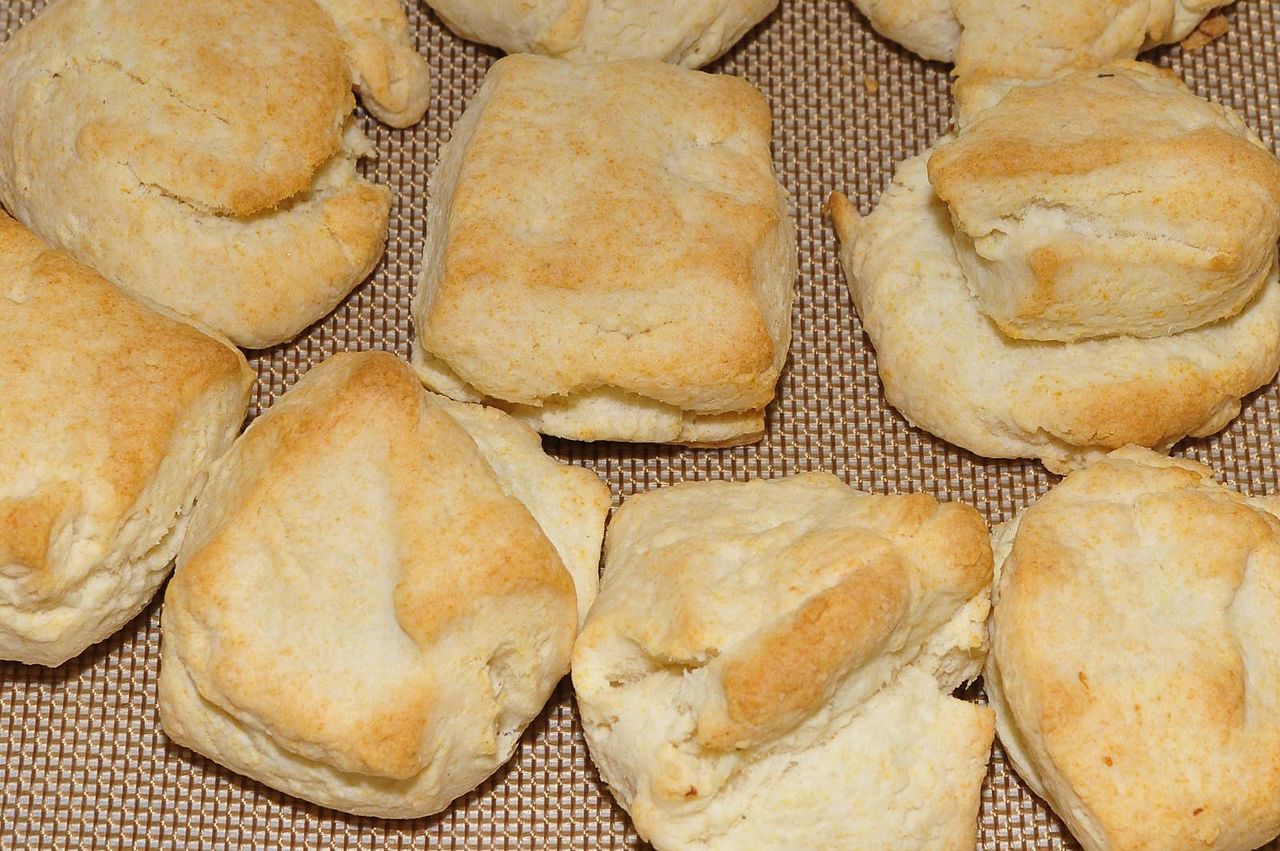
Whether it’s your go-to pancake breakfast or the secret behind your deliciously flaky biscuits, Bisquick has carved a spot in the heart of American kitchens. A versatile pre-mixed baking product, Bisquick is a staple ingredient that packs both convenience and taste. But have you ever pondered the nutritional aspect of this culinary wizard? If not, it’s time you did. This article unveils 11 vital Bisquick nutrition facts, presenting a comprehensive overview of what goes into your favorite baking mix.
Unboxing Bisquick: A Closer Look at the Ingredients
At its core, Bisquick is a pre-mixed baking mix made from enriched wheat flour, partially hydrogenated soybean and/or cottonseed oil, leavening (baking soda, sodium aluminum phosphate, monocalcium phosphate), and dextrose. Each of these ingredients has a specific role, contributing to the taste, texture, and convenience Bisquick is known for.
Calorie Count: Energy in Each Serving
A crucial aspect of understanding Bisquick’s nutritional value is its calorie content. Each 1/3 cup serving of the original mix contains approximately 150 calories. Remember, these calories can add up quickly when combined with other ingredients in your recipe, making it essential to use Bisquick judiciously.
Fat Content: The Good, the Bad, and the Trans Fats
A 1/3 cup serving of Bisquick contains about 3.5 g of total fat, including 0.5 g of saturated fat. It’s important to note that, although moderate in quantity, these fats are predominantly from partially hydrogenated oils, which are a source of trans fats, a type of fat associated with an increased risk of heart disease.
The Sodium Story: Salty Truths About Bisquick
Bisquick has a relatively high sodium content — a single serving provides 340 mg of sodium, or about 14% of the daily value based on a 2,000-calorie diet. If you’re watching your sodium intake due to hypertension or other health concerns, it’s worth keeping an eye on how much Bisquick you use.
Carbohydrates in Bisquick: Fueling Your Day
Carbohydrates are the primary source of energy for your body, and Bisquick is rich in them. Each serving contains about 28 g of carbs, which accounts for approximately 9% of the recommended daily intake. This includes 1 g of dietary fiber and 2 g of sugar.

Protein Power: A Surprising Source
Bisquick isn’t typically thought of as a protein source, but a single serving provides 3 g of protein. While it may not replace your protein shake, it can certainly contribute to your daily protein intake.
Nutrient Density: A Mixed Bag
Bisquick is not a significant source of vitamins and minerals. However, due to the enriched flour used in its production, it does provide small amounts of nutrients like iron and calcium. But considering its high calorie and sodium content, it’s fair to say that Bisquick’s nutrient density is somewhat low.
Bisquick Heart Smart: A Healthier Alternative
If you’re concerned about the trans fat and sodium content in traditional Bisquick, there’s good news. Bisquick Heart Smart is a version of the mix made with canola oil (a healthier fat source) and is free of trans fats. It also has lower sodium content, making it a healthier alternative for those watching their fat and salt intake.
Gluten-Free Bisquick: A Nod to Dietary Restrictions
Recognizing the need for gluten-free options, Bisquick offers a gluten-free mix. This product replaces wheat flour with rice flour and potato starch, making it suitable for those with gluten intolerance or celiac disease. However, its nutritional profile in terms of calories, fats, and sodium remains similar to the original mix.
The Bigger Picture: Balancing Bisquick in Your Diet
While it’s essential to know the nutritional profile of Bisquick, it’s equally important to consider how it fits into your overall diet. Used sparingly and balanced with nutrient-rich foods, Bisquick can be part of a healthy, balanced diet. However, its frequent use, particularly in recipes with added sugar and fat, can contribute to excessive calorie, sodium, and trans fat intake.
Homemade Bisquick: Taking Control of Nutrition
For those who want more control over their nutrition, making a homemade Bisquick mix is an option. By using whole grain flour, cutting down on salt, and choosing healthier fat sources, you can create a mix that aligns better with your dietary goals while still offering the convenience of a pre-mixed baking ingredient.
Conclusion
In conclusion, Bisquick is a handy baking mix that brings convenience to the kitchen. However, it’s essential to consider its nutritional profile — understanding its calorie, sodium, fat, and carbohydrate content can help you make informed decisions and use it in a way that aligns with your dietary needs and goals. Remember, balance is key — whether it’s pancakes for breakfast or a biscuit on the side, enjoy your Bisquick creations in moderation and as part of a balanced, nutrient-rich diet.
Was this page helpful?
Our commitment to delivering trustworthy and engaging content is at the heart of what we do. Each fact on our site is contributed by real users like you, bringing a wealth of diverse insights and information. To ensure the highest standards of accuracy and reliability, our dedicated editors meticulously review each submission. This process guarantees that the facts we share are not only fascinating but also credible. Trust in our commitment to quality and authenticity as you explore and learn with us.
